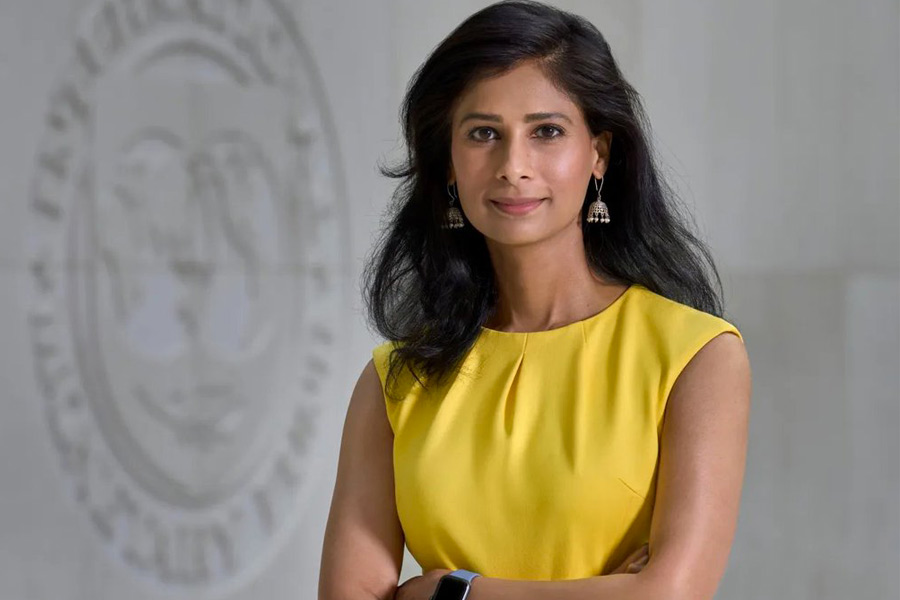A recent survey by Kelly Services, an agency that provides workplace solutions, found that globally women in STEM (science, technology, engineering and mathematics) jobs are highly ambitious and driven, but gender bias and hostile work cultures make them feel stalled and hasten their decision to quit. This feeling is equally prevalent in India, where 81 per cent of women perceive a gender bias in performance evaluation.
The Kelly Global Workforce Insights (KGWI) survey on Women in STEM found that women in India tend to drop out of the workforce mostly around childbearing years and later at mid-management levels. The most significant driver is the ‘double burden syndrome’ of women struggling to balance work and family in a culture where both men and women feel the family and household duties are primarily the woman’s responsibility.
While 46 per cent of undergraduate students in STEM are women, not many continue to pursue careers. “41 per cent of women in technology companies leave after 10 years of experience, compared to 17 per cent of men,” said Kamal Karanth, managing director, Kelly Services & Kelly OCG India “This is a very worrying scenario.”
Consequently, there are few women left to fill roles at the top, the KGWI survey says. This glaring disparity is clearly visible in publicly traded companies. As early as 2015, 12 per cent of the companies had failed to fulfil the mandate of having at least one woman representative on their board. Of the 50 companies in the NIFTY index, only five had two female directors. 53 per cent met this directive by appointing directors that were either wives or sisters of executives and not really independent members.
According to the study, the core components of retention are top leadership support, institutional accountability and emphasis on supervisory relationships. “Flex-time and other family-friendly policies are critical, but must be offered to all employees, not just women.
And, most critically, taking advantage of flexible arrangements must be actively encouraged and even modelled by both direct managers and senior leadership,” says Karanth.










